
Patents allow a business to secure their intellectual property rights for a new product or service.
If you plan on spending the time and money to develop a unique mobile app, it’ll naturally become part of the property that you hope to protect.
Check out this video if you want to learn more about the mobile app development process.
Many companies ask, “can you patent a mobile app?” assuming the answer will be simple, but the truth is, not every aspect of a mobile app can be patented and those that can are subject to certain restrictions.
In such a competitive mobile app network, knowing how to navigate the patent application process will help app developers and companies keep the work put into the mobile application safe.
Keep reading to learn about why you should patent your mobile app, how to qualify for a patent, and how to apply.
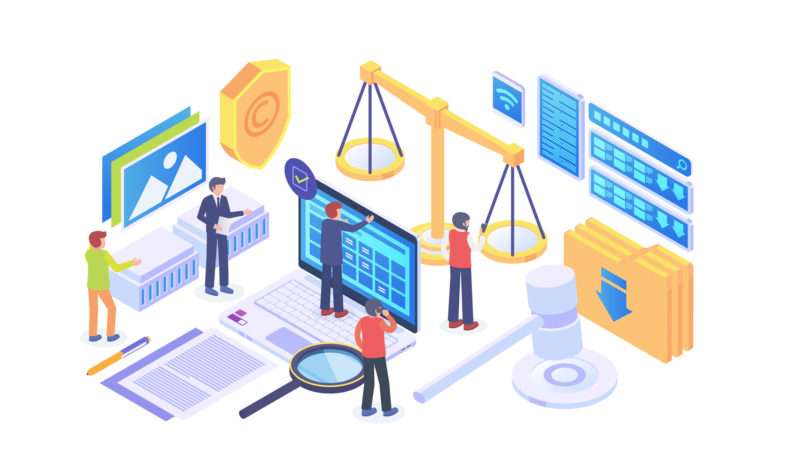
Table of Contents
- Patenting Your App in a Competitive Industry
- How to Tell if Your App is Patentable
- Searching for Existing Patents
- What is a Provisional Patent Application?
- Why You Should Patent Your Mobile App
- How to Patent a Mobile App
- Cost of a Patent Application
- Cost of a Provisional Patent
- Cost of a Non-Provisional Patent
- Enforcing Your Patent: What to Do in Case of Infringement
- Intellectual Property Rights for Mobile Apps
In 2021, users have 2.56 million apps to choose from through Google Play alone. There are also 1.85 million on the Apple App Store.
This competition makes the question of a mobile app’s intellectual property status far more significant.
As software, mobile apps are eligible for patents, though their unique status as downloadable mobile software in a crowded market presents new challenges for the prospective patent holder.
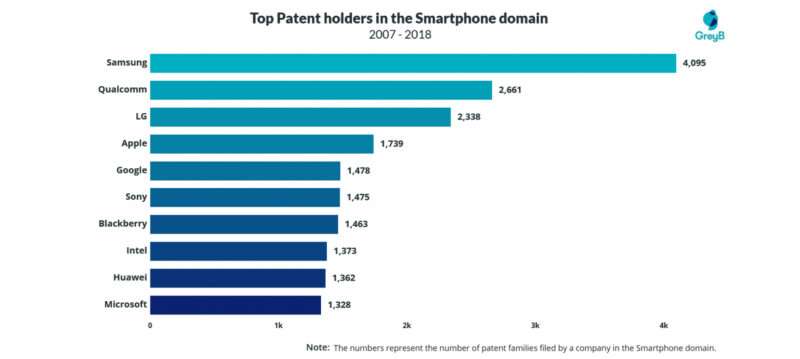
1.1 How to Tell if Your App is Patentable
An app has to meet specific guidelines to be eligible for a patent.
The three main criteria are purposefully vague, but essential to understand for a business planning to start the patent application process.
- Patent eligibility requires that your app have functions or features that are concrete. In other words, you cannot patent a functional line of code or a mathematical algorithm. It must be a product with its own defined purpose.
- The app must be novel or have some new version of an existing application that sets itself apart from other patented software.
- Finally, your app can’t be deemed a completely obvious or self-evident creation. It must demonstrate some form of creativity or individuality in your industry.
The finer points of these eligibility requirements are of course to be determined individually by the USPTO, or United States Patent and Trademark Office (or your country’s equivalent).
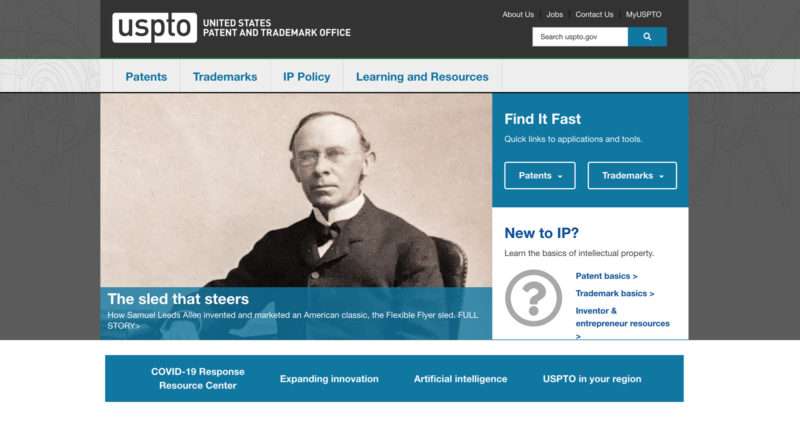
It still helps to know where they’re coming from so that you can predict your patent’s eligibility and create an app that meets their criteria.
To summarize this section, ideas that are patentable must be observable as new, or what the court would define as “novel.”
It needs to be obvious that the software brings its inventor’s unique take on the provisional application to the table.
Your patent application must also not include an attempt to patent abstract processes such as algorithms or computing methods.
PRO TIP:
The time of application is important. Remember that the novelty of your software is defined at the time of its patent application, which must be filed within a year of your company making the app known to the public.
1.2 Searching for Existing Patents
As part of the novelty requirement discussed above, your mobile app must not be the same software that someone else has already patented.
This means that searching USPTO for existing patents is an important step in your application process.
Rather than leave it up to them to conduct a mobile app patent search for similar patents, you can do the work before you apply, preferably with the help of a patent attorney, to find out if your mobile app will satisfy the novelty requirement.
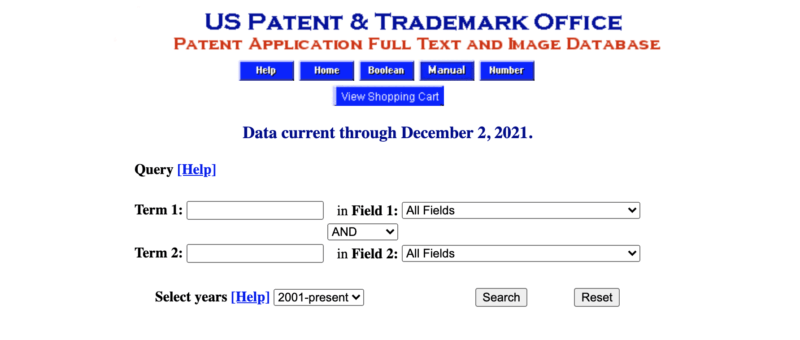
There are online tools and guides that can help you with this process, even without an attorney. These include the USPTO’s sponsored patent and trademark resource centers.
PRO TIP:
Patent infringement involves a patent holder filing a claim against someone who tries to use or patent their mobile app invention without their permission.
Just because your patent application is successful does not mean that you’re immune to a patent infringement suit, so it’s important to conduct searches for existing patents as thoroughly as possible.
1.3 What is a Provisional Patent Application?
One last thing to note about the patent requirements is that the date of patent filing can become significant if there is a dispute later about the patent’s originality.
Since novelty is one of the main eligibility criteria, the date your patent is officially filed can be important.
Patent applications can take a long time to process, which is where a provisional patent application comes in. This puts your patent on a schedule for a future filing date.
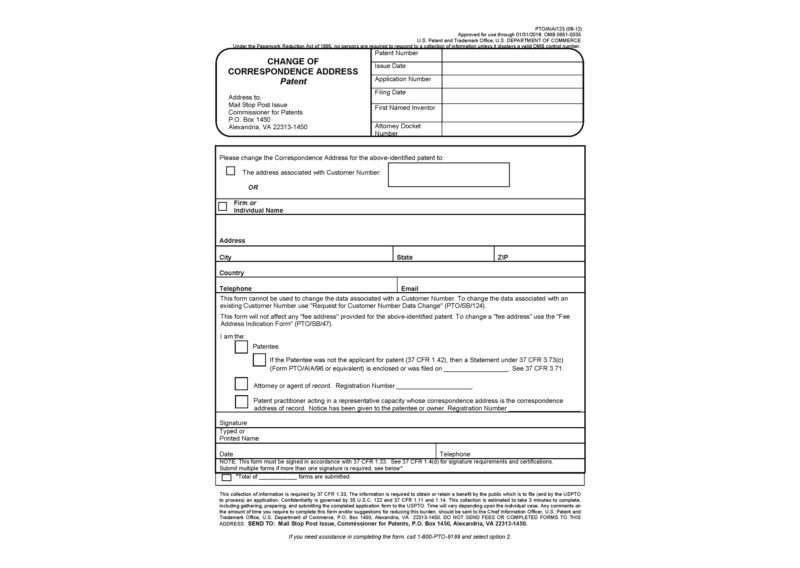
t includes specifications for the product you wish to patent. Provisional patents extend the amount of time between the date your invention was put into the patent system and the eventual filing date.
Why go through the trouble?
Since the priority date in a question of the patent’s originality will start from the date of the provisional patent application, you may be able to use it to prove that your app came first.
Provisional patents are also much cheaper and give you time to test your app before the final filing costs. As we’ll discuss later, most mobile app developer patents are provisional patents.

With the patent application process as complicated as it is for what may be a simple mobile app idea, many businesses will be wondering if it’s worth it to get a patent at all.
Look no further than the competition on the mobile app market to understand why a patent is needed in many cases. Companies are vying for the best user experiences that promote the most positive brand identity.
Without the ability to patent the actual code, companies do everything they can to come up with creative user experiences.
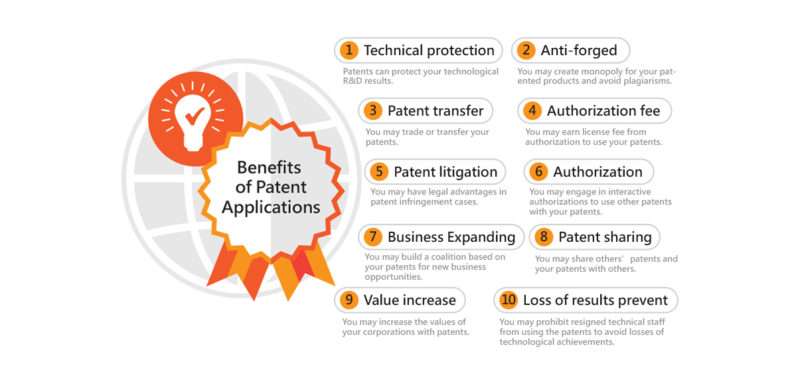
Photo Credit: ogerip.com
Patent protection in an industry that has many millions of apps in competition are a business’s best line of defense.
This begs the question of how exactly you patent a mobile app.
2.1 How to Patent a Mobile App
Assuming you have searched existing apps and have reviewed the eligibility requirements of the USPTO, you should consider which aspects of your app you hope to patent.
For example, you could patent your mobile interface, server interaction or processing system, database setup, smartphone connectivity, feedback system, third-party connectivity (including mobile transactions), privacy system, user identification tracking, message services, and more.
Next, you’ll need everything required for a provisional patent application, assuming that you choose to create one, as many app owners do.
This includes an accurate description of your app’s features, drawings of its design, and an explanation of its functions.
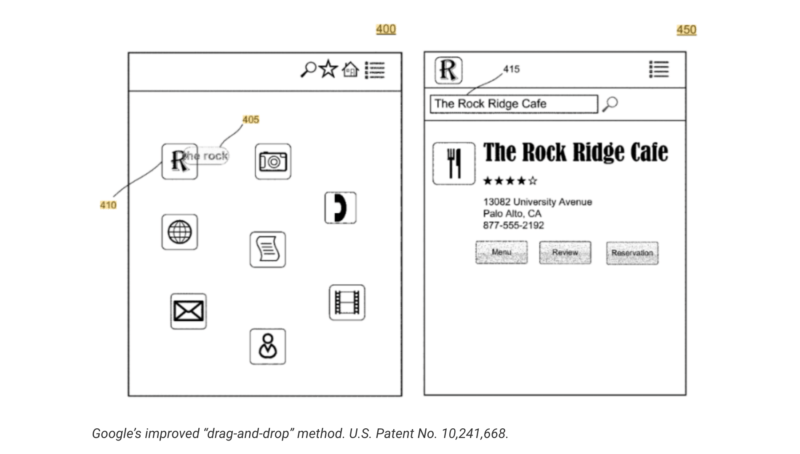
Photo Credit: arapackelaw.com
Once approved, the USPTO holds onto your application for a year, giving it patent-pending status.
During this time, you’ll be able to figure out how successful your app is and whether you’ll pursue a full patent, also called a non-provisional patent application.
PRO TIP:
Just as you should review in-progress patent applications to ensure novelty, other companies will be searching for your app while it has provisional filing status.
If you’re worried about your invention being used by someone else, you shouldn’t put off the final non-provisional patent application once the one-year interim is up.
Since you may be calculating the total cost of app development, you should know that the USPTO doesn’t give patents out for free.
In this section, we break down the costs a bit to help you decide your course of action, including whether a patent is within your means.
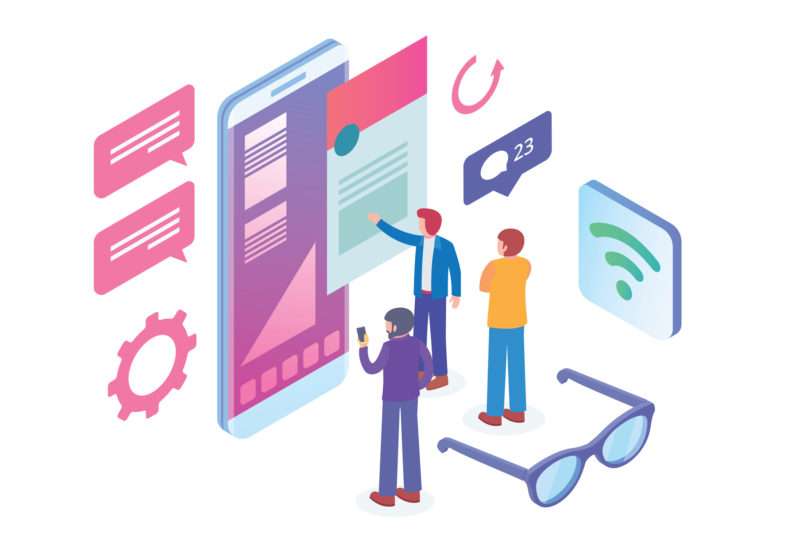
3.1 Cost of a Provisional Patent
One of the reasons that many mobile app developers opt for a provisional patent is that they’re much cheaper than non-provisional ones.
Securing your app’s filing date with a provisional app patent anywhere from $2,000 to $5,000.
The price differences will be in the various patent protections offered to your application by the USPTO.
This includes various search and filing fees, which can differ depending on whether you choose to file on paper or electronically.
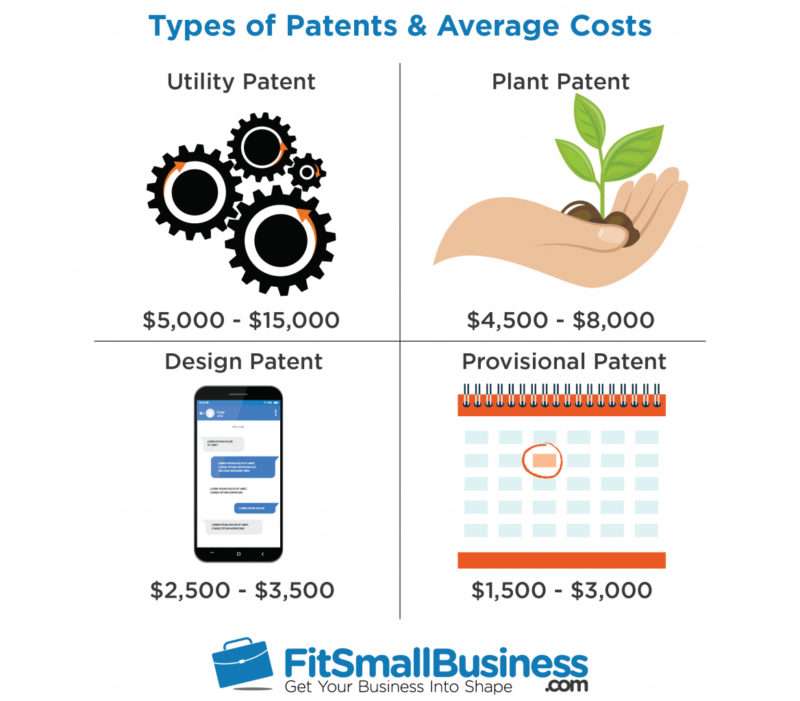
3.2 Cost of a Non-Provisional Patent
A non-provisional patent is much more expensive since the USPTO will examine the application as soon as it’s filed. The cost of these patents can be anywhere from $10,000 up to even $15,000.
The process usually takes 1-3 years to secure your patent, which includes an in-depth search into current and in-progress patents to determine your application’s eligibility.
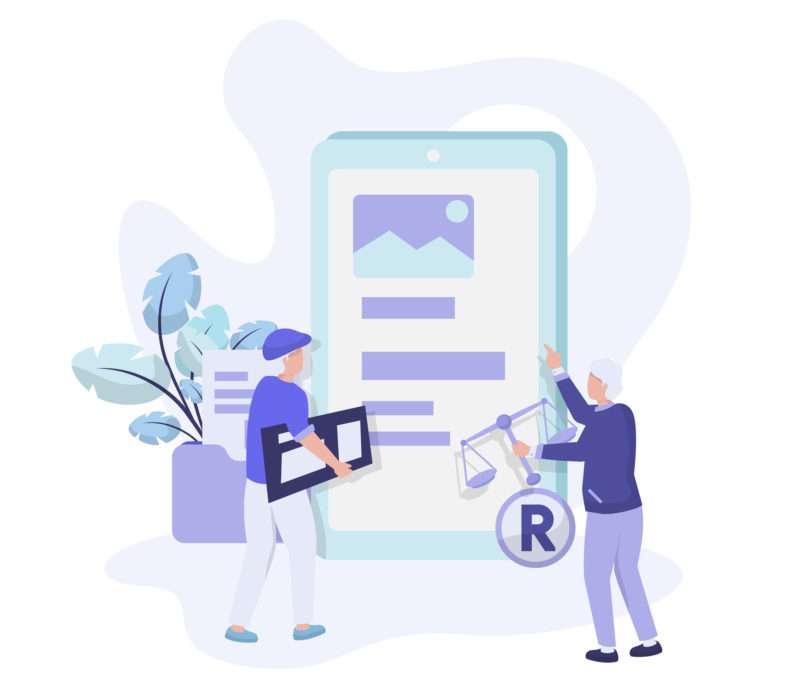
Even after being approved, you’ll owe the USPTO an additional $1,000 fee to issue the patent itself. Other fees include search, filing, and examination fees.
Note that most patents are rejected after their first application.
This is why it’s important to conduct your own eligibility searches with the help of an online patent tool or patent attorney as thoroughly as possible, to avoid an elongated patent application process and the additional fees it can cause.
PRO TIP:
In light of these costs, it comes as good news that USPTO offers potential reduced fees for businesses that can claim small or micro entity status.
Having a patent for your mobile app gives you the exclusive right to its unique features and functionalities, but this protection isn’t automatic.
If another developer infringes on your patent, it’s up to you to take action.
Firstly, you’ll want to identify the infringement by monitoring app marketplaces and staying informed about new launches that seem suspiciously similar to your patented features.
In some cases, the infringement may not be intentional but a result of ignorance, and a cease-and-desist letter detailing your patent rights might be enough to stop it.
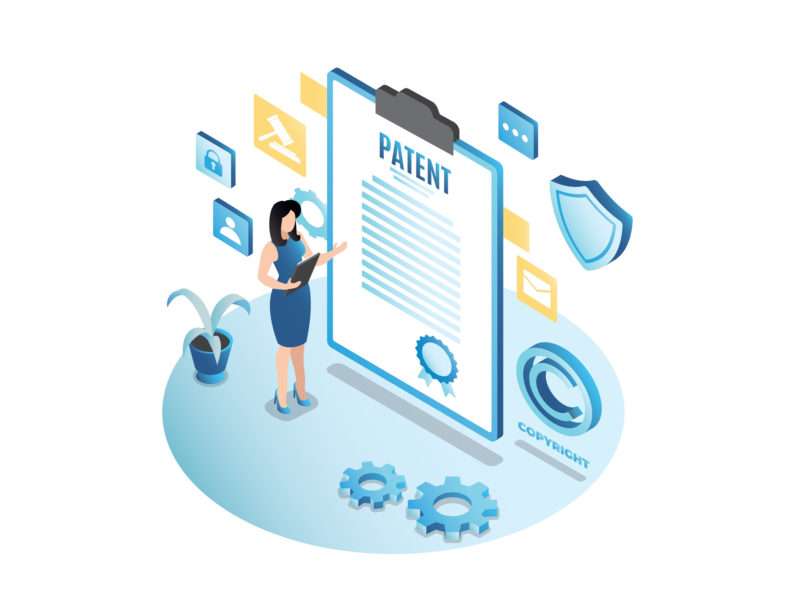
And if the infringement persists, legal recourse is the next step.
Typically, this involves filing a lawsuit against the infringing party.
Keep in mind that litigation is time-consuming and expensive, often requiring specialized legal counsel experienced in patent law.
Your patent documentation will serve as the primary evidence, and you’ll likely need to demonstrate not just that the infringing app is similar to yours, but that it directly violates the claims made in your patent.
Possible outcomes could range from an out-of-court settlement to a court order requiring the infringing party to cease their activities and possibly pay damages.
While taking legal action can get expensive, failing to defend your patent can undermine its value and your app’s market position.
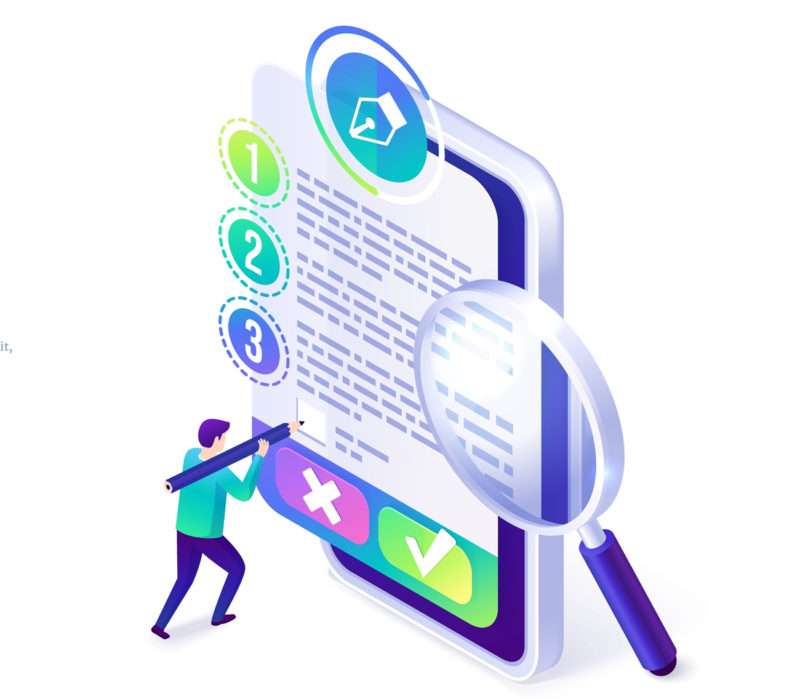
Chapter #5: Intellectual Property Rights for Mobile Apps
When it comes to protecting the innovative aspects of your mobile app, understanding the full spectrum of intellectual property rights available is key.
Patents are just one part of this equation, and they primarily protect the functionality or unique methods your app employs.
You should know that there are other types of intellectual property rights to consider:
Copyrights: This protects the original expression of ideas (but not the ideas themselves). In the context of mobile apps, the code, graphics, and even user interface can be copyrighted. Copyrights are generally easier and less expensive to obtain than patents, but they offer a different kind of protection.
Trademarks: If your app’s name or logo is unique and you want to prevent others from using similar identifiers, then a trademark might be suitable. Trademarks protect symbols, names, and slogans used to identify goods or services.
Trade Secrets: Any confidential business information which provides an enterprise a competitive edge can be considered a trade secret. For apps, algorithms, methods, or any undisclosed features that give you a market advantage could be protected as trade secrets.
License Agreements: These are contracts where you grant someone rights to use parts of your intellectual property under certain conditions. For example, if your app uses proprietary technology that could be valuable to other businesses, you might license this technology as a separate revenue stream.
Understanding the nuances between these options can help you create a robust intellectual property strategy for your app.
Just know that each comes with its own set of procedures, costs, and benefits.
You might find that a combination of these protections offers the best way to safeguard your creative efforts and monetize your innovation.
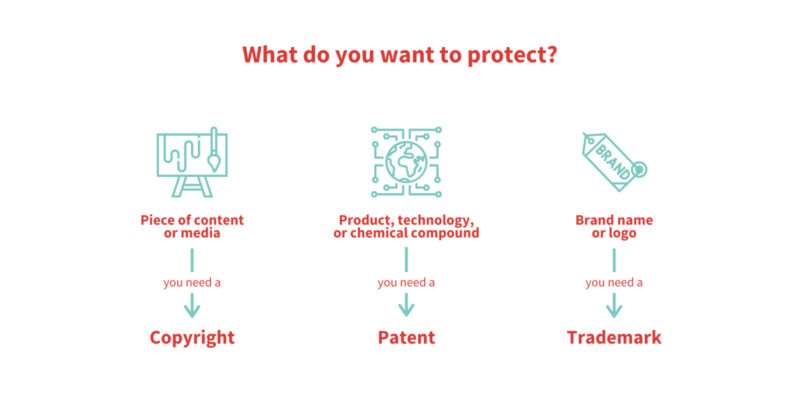
Photo Credit: kisspatent.com
While mobile app patents are expensive, they remain the most reliable way for a business to protect their intellectual property.
In a world where software is often open-source, free, and widely copied, copyright law has trouble keeping up.
Though some suggest that this makes patents less valuable, we tend to think the opposite.
It’s precisely because of the ambiguous legal status of mobile software that businesses should do everything they can to make sure they own and profit from the apps they create.
If the patent process confuses you, you aren’t alone! Let us help get your app moving with our Simple Starter package, which includes essentials like a technical writeup, wireframes, and research.
How confident do you feel in patenting your mobile app? Leave a comment below.




